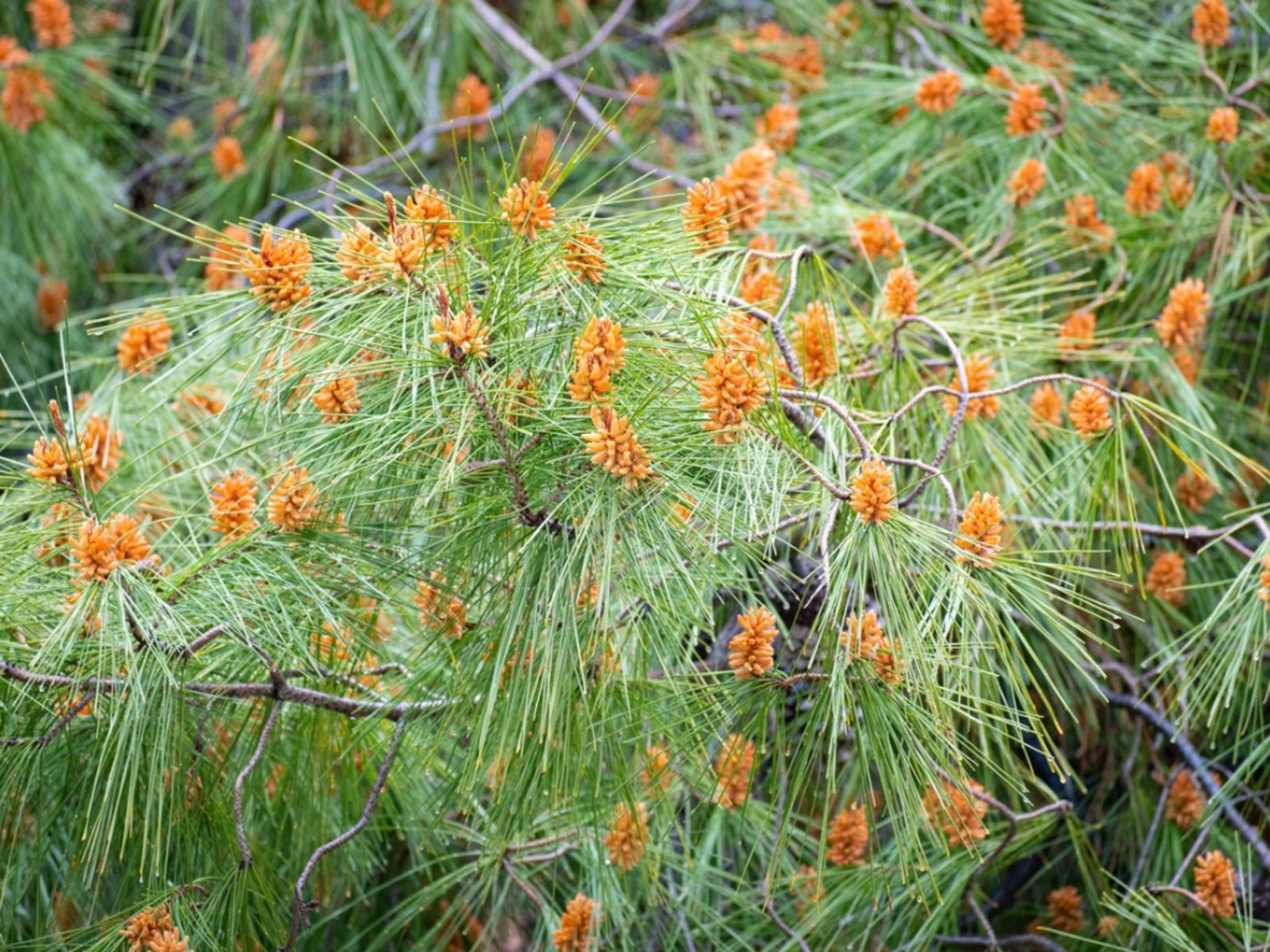Aleppo Pine Information: How To Grow An Aleppo Pine Tree


Native to the Mediterranean region, Aleppo pine trees (Pinus halepensis) require a warm climate to thrive. When you see cultivated Aleppo pines in the landscape, they will usually be in parks or commercial areas, not home gardens, because of their size. Read on for more Aleppo pine information.
About Aleppo Pine Trees
These tall pine trees grow naturally from Spain to Jordan and take their common name from a historic city in Syria. They only thrive in the United States in USDA plant hardiness zones 9 through 11. If you see Aleppo pines in the landscape, you’ll notice that the trees are large, rugged, and upright with an irregular branching structure. They can grow to 80 feet (24 m.) tall. According to Aleppo pine information, these are survivor trees, accepting poor soil and difficult growing conditions. Drought resistant, they are extremely tolerant of desert conditions as well as urban conditions. That’s what makes Aleppo pine trees the most cultivated ornamental pine in the southwest United States.
Aleppo Pine Tree Care
If you live in a warm region and have a very large yard, there is no reason why you cannot start growing an Aleppo pine. They are evergreen conifers with soft needles about 3 inches (8 cm.) long. Aleppo pine trees have gray bark, smooth when young but dark and furrowed as they mature. The trees often develop a romantically twisted trunk. The pinecones can grow to about the size of your fist. You can propagate the tree by planting the seeds found in the cones. The one thing to remember if you want to grow an Aleppo pine is to site it in direct sun. Aleppo pines in the landscape require sun to survive. Otherwise, Aleppo pine care won’t require much thought or effort. They are heat tolerant trees and only require deep, infrequent irrigation even in the hottest months. That’s why they make excellent street trees. Does Aleppo pine tree care include pruning? According to Aleppo pine information, the only time you need to prune these trees is if you require additional space beneath the canopy.
Sign up for the Gardening Know How newsletter today and receive a free copy of our e-book "How to Grow Delicious Tomatoes".

Teo Spengler is a master gardener and a docent at the San Francisco Botanical Garden, where she hosts public tours. She has studied horticulture and written about nature, trees, plants, and gardening for more than two decades, following a career as an attorney and legal writer. Her extended family includes some 30 houseplants and hundreds of outdoor plants, including 250 trees, which are her main passion. Spengler currently splits her life between San Francisco and the French Basque Country, though she was raised in Alaska, giving her experience of gardening in a range of climates.